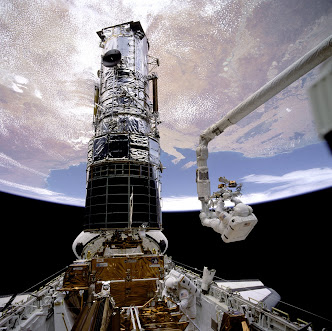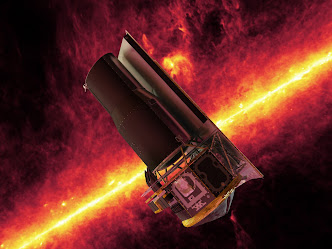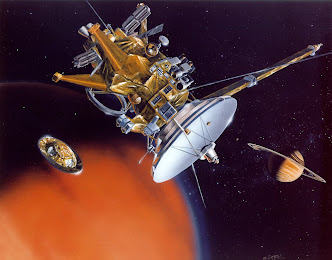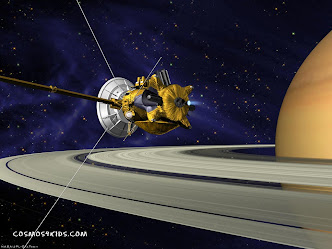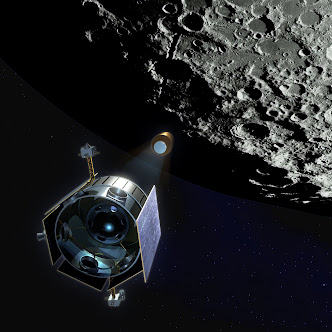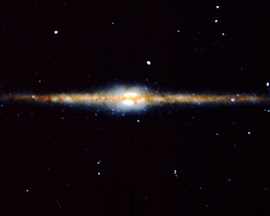The catastrophic, explosive death of a star, accompanied by the sudden, transient brightening of the star to an optical luminosity comparable to that of an entire galaxy.
A supernova shines typically for several weeks to several months
Supernovae are major element factories, responsible for producing most of the elements in nature heavier than nitrogen. The largest yields are of the more abundant elements, including oxygen, silicon, magnesium, neon, iron, and a portion of carbon, but dozens of other elements are also made.
More than five supernovas have been observed to have occurred in our galaxy in the last thousand years, including the “guest star” in Taurus described by Chinese astronomers in 1054; Tycho's star in Cassiopeia, observed by Tycho Brahe in 1572; and Kepler's supernova in 1604. In 1885 the first extragalactic supernova was discovered telescopically in the Andromeda Galaxy; some 700 others have been observed since.
In 1987 Supernova 1987A appeared in the Large Magellanic Cloud. It was the first supernova visible to the unaided eye since 1604, and its eruption marked the first time that neutrinos were detected on earth from such an event
Supernova that occurred in 1994 on the outskirts of a spiral galaxy






